Unveiling the World of Top Bars
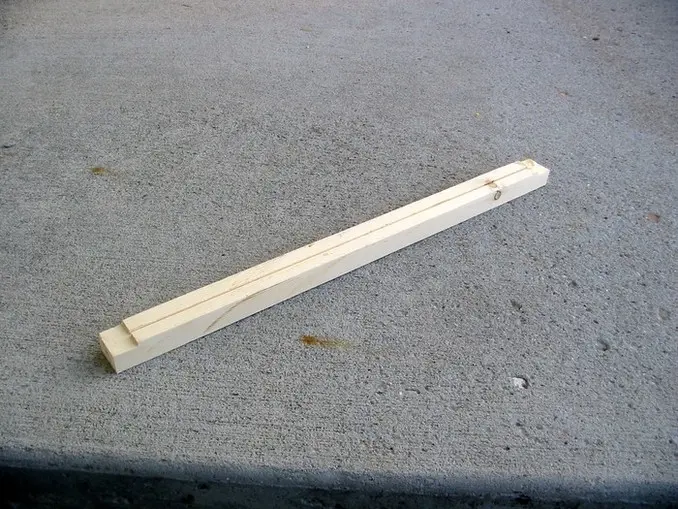
-Behold, a classic top bar in all its simplicity.💕
Top bars are like the unsung heroes of the hive, simple wooden strips chilling on top of the hive body. Let’s break it down:
- Spaced at 1 1/4″, mirroring the thickness of brood comb.
- Rigid enough to stand tall and proud, no warping or bending here.
- Can use starter strips for that extra guidance in comb building.
- Reinforced for easier comb handling.
- Recessed to prevent any unruly lateral movement.
But trust me, keeping it simple is the bee’s knees.
As a beekeeper, you want a hassle-free way to dive into the hive and check out your buzzing buddies. Top bars make it happen. Picture this: one top bar, one comb. Pop a top bar out, and you’ve got a single comb without wreaking havoc on itself or its neighbors.
Why does this matter? Because you can manage your colony and harvest honey without turning the hive upside down. Remove a top bar, replace it, and bam, the nest is back in action.
The Catch
Here’s the twist: bees aren’t vibing with any intrusions into their nest. They’re all about that untouched life. But comb is a bit stubborn—it likes to be straight when saws only cut in straight lines. So, we opt for straight top bars and get creative with our beekeeping moves.
Handling Comb Thickness
Now, comb can be a bit of a diva, having variable thickness and all. Some beekeepers stick to a single top bar width throughout the hive. Others mix it up with different widths based on the comb’s purpose. It’s all about finding that sweet spot.
Rigidity Rules
Since the top bar is the backbone of hive comb support, it needs to be a strong, unwavering leader. Rigidity depends on the length and thickness of the top bar. Longer ones? Thicker, please. Heavier comb? Thicker it is.
Consider the hive’s lifestyle too—will it be top-supered? Sat on by the beekeeper? Migrated across rough roads? Thicker top bars for the win.
Starting with Starters
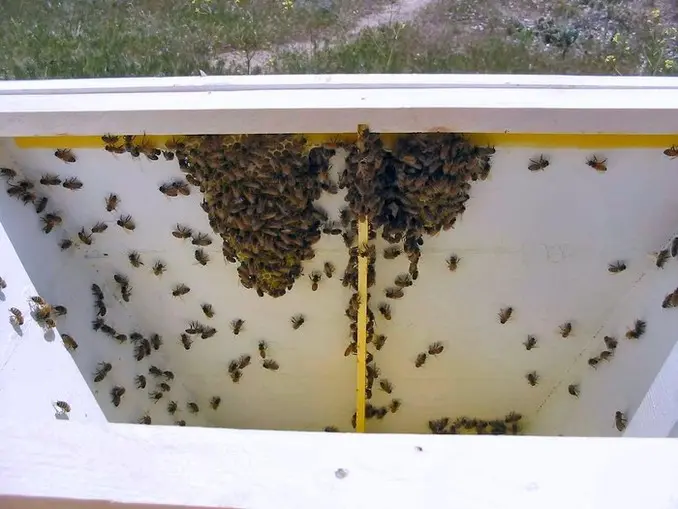
-Bees building comb on a beeswax starter strip like pros.
Top bar hive beekeepers have a trick up their sleeves to center comb-building down the top bar. Starter strips are the secret sauce. Beeswax, molded ridges, foundation strips—pick your poison. They all work, most of the time.
Starter Strip Height Drama
But beware of tall starter strips. If they’re too tall, the bees get clingy and start building comb from the bottom. Not ideal. Keep it chill with the right height for a smooth comb-building ballet.
Reinforcements and Recesses
Adding vertical supports to your top bar? It’s a vibe. Reinforce that comb, but watch out—it can complicate your comb-cutting game.
And those notches at the end of the top bars? Sure, they’re cute, but they’re not the MVPs. Bees fill them with propolis, causing a sticky situation. Skip the notches for an easier hive life.
Simplicity Wins
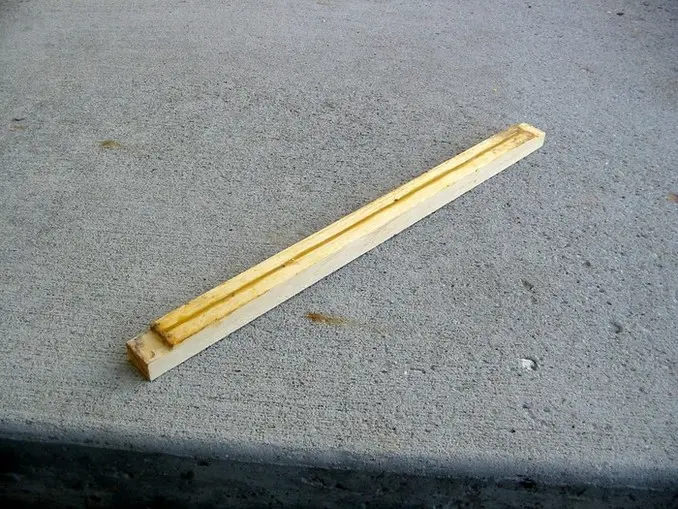
-Simplicity is the key to the sweet beekeeping life.
After all the top bar trials, simplicity takes the crown. Easy to build, versatile, and a breeze to clean. Once you master the art of top bar comb wrangling, the fancy designs lose their charm.
Check out these top bar examples, and remember: keep it simple, keep it buzzing!
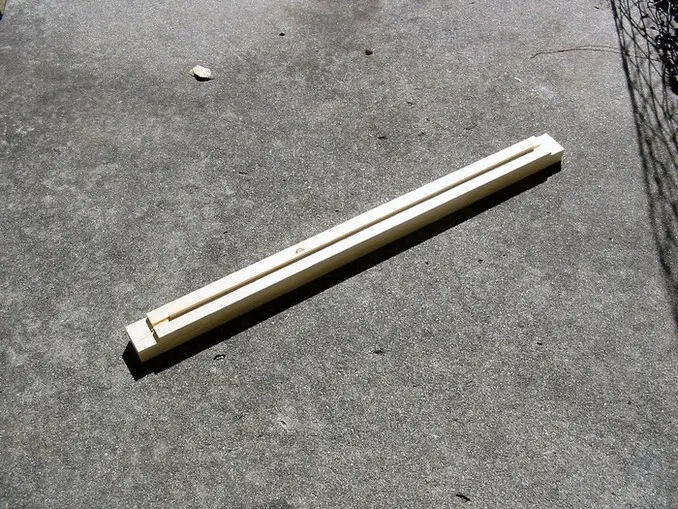
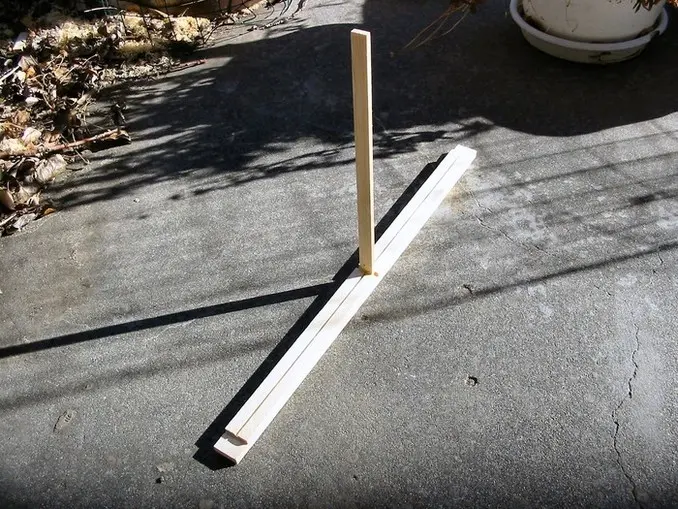
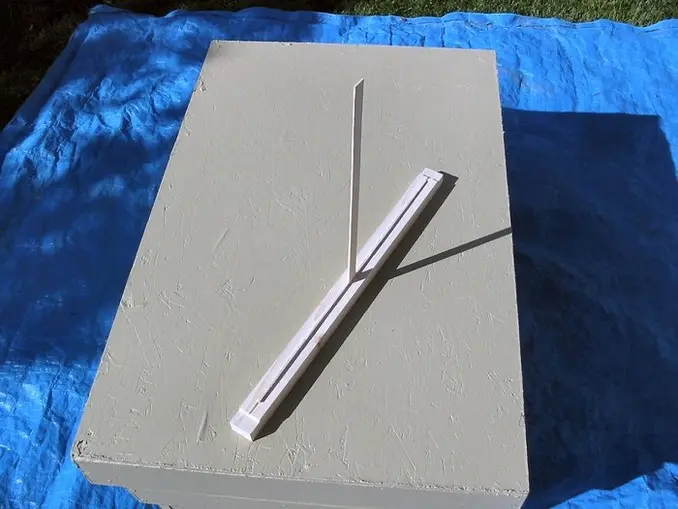
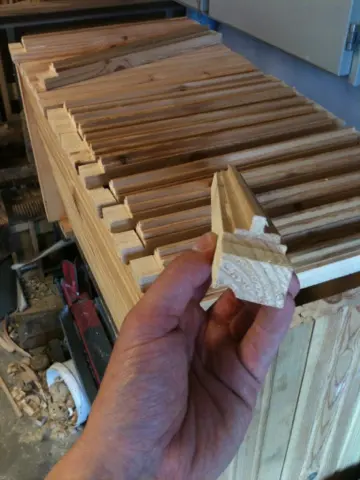

Update
Feeling inspired? Dive into the world of top bars with a quick image search. It’s a hive of creativity that wasn’t as buzzing when this article was first written.
-Buzzingly Yours, D 🐝🤠
